The city of Cusco is surrounded by its various archaeological sites built by the Incas and one of them is the ancient technique they practiced in making this suspension bridge Qeswachaka or Qeswachaca in the district of Qehue, and is approximately 600 years old.
According to the researchers, the Qeswachaka Bridge was part of the network of the Inca Trail (Qhapac Ñan) and there was not only one, because along the Inca Trail there were about a hundred of them.
Today it continues to be used as a means of transportation between the surrounding communities, so every year the restoration of this bridge is done through community work, offerings and some customs that are still respected.
Table of Contents
Like any culture that wants to expand its territory, it needs transportation, and the Inca empire was no stranger to this need in which they saw the need to build a network of roads and some included building bridges to link mountains and continue communication.
One of the most important bridges that stood out from the others was the Q'eswachaca bridge, which maintains the local tradition and is not practiced in other places, because the local population preserves and transmits this tradition through oral tradition.
This practice has been performed for more than 600 years and today is considered as Immaterial Cultural Heritage by Unesco where the communities are in charge of weaving, placing on the bridge.
It is located in the district of Quehue in the province of Canchis, at an altitude of 3,700 masl.
To get to the Q'eswachaka hanging bridge you must take into account that there is no public transportation to the point, however you can come on your own or come with a tour.
On your own: It may be a little difficult and more expensive because to get to the site you have to hire the services of a private car to take you to the bridge and above all that knows the route.
It will depend on whether you go by private car or you can take public buses from Cusco that will take you to a certain point.
With a tour: This is the best option, because the tour operator will provide you with transportation, refreshments and a guide for all the activities and you will be able to live an unforgettable experience.
Every second Sunday of June of each year, the people of Quehue are in charge of the reconstruction of the bridge, thus allowing them to preserve the only means of transportation that connects several communities.
Q'eswachaka is a masterpiece of Inca engineering and art that can be seen in the suspension bridge, for the realization of the bridge involved women and men, but each fulfilling an important function during this journey of 4 days.
As I mentioned in the previous paragraph, both men and women fulfill a function; in the case of men they are in charge of assembling the huge rope about 28 meters long and 1.20 meters wide, weaving the bridge and placing the base and so on, because according to their traditions only men should be on the first floor or in the construction of the bridge.
According to the villagers, if a woman approaches or is at the construction site, a tragedy can happen, for example, in agriculture, as has happened in the past, there was not a good harvest, hence the importance of respecting customs and ancestral traditions.
But here comes the question and what are the women's tasks in the reconstruction of the suspension bridge? Well, the women in this case are in charge of collecting the straw or ichu as it is called in the Andes and weave a large amount of rope. The respective communities are organized by family groups in which each family nucleus has to deliver a quantity of braided rope.
Y para recoger la paja se realiza con meses de anticipación para después hacer el tejido.
To make the renovation of the Inca bridge is done in four days and before starting the work begins with the thanksgiving to the Apus.
First day, before starting the journey, first an offering is made in gratitude to the Pachamama and the tutelary Apus for their protection of the communities and for those who are present in the restoration of the suspension bridge.
As I told you below each family delivers about 40 meters of woven rope, then they go on to lay it out and weave a thicker one, this day they weave the main ropes for example for the base and another a little thinner for the railings, in this way the day's work is finished.
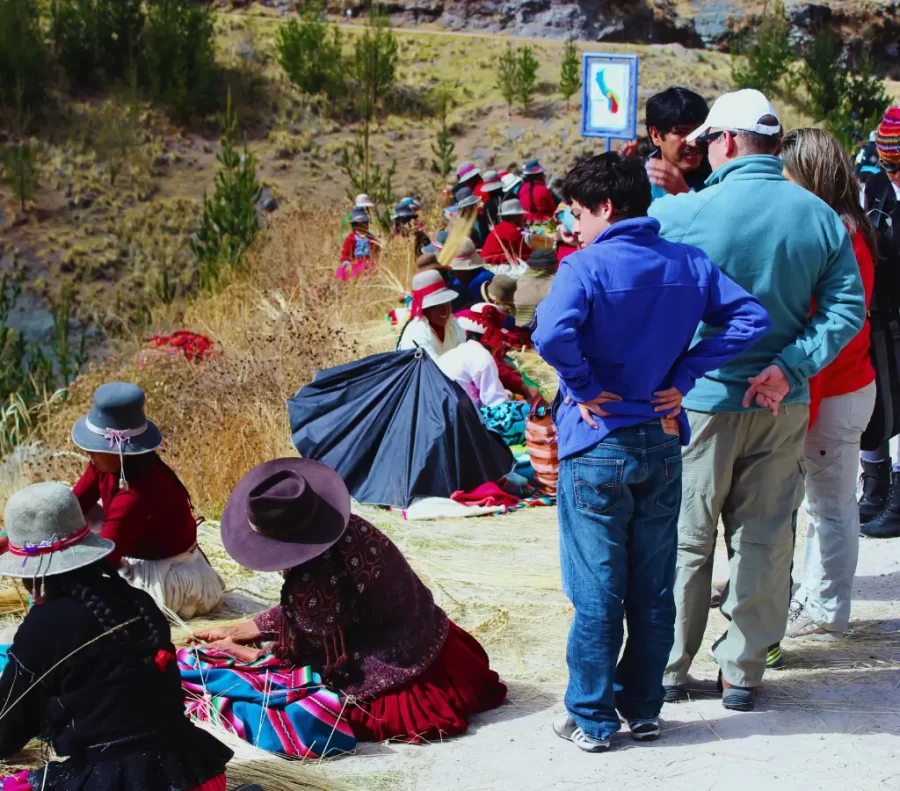
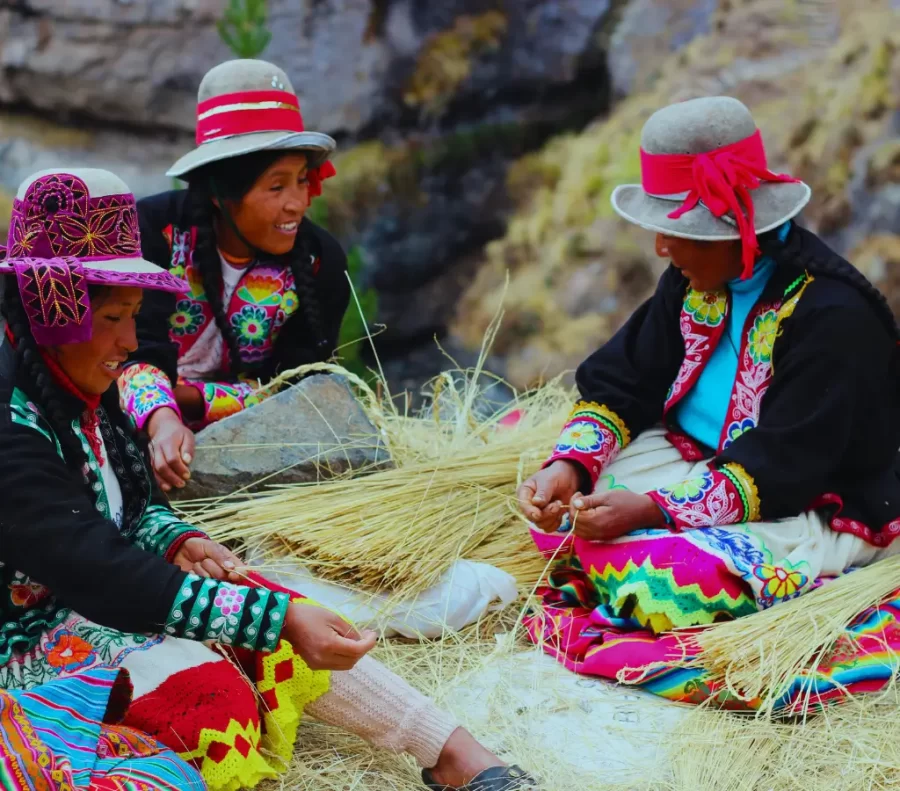
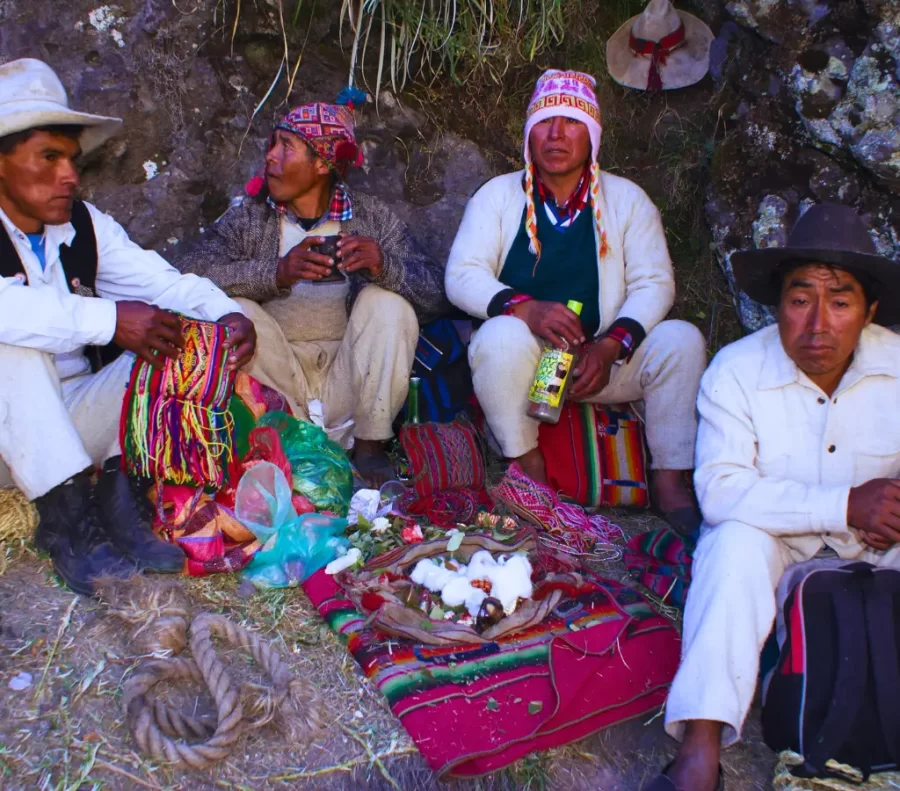
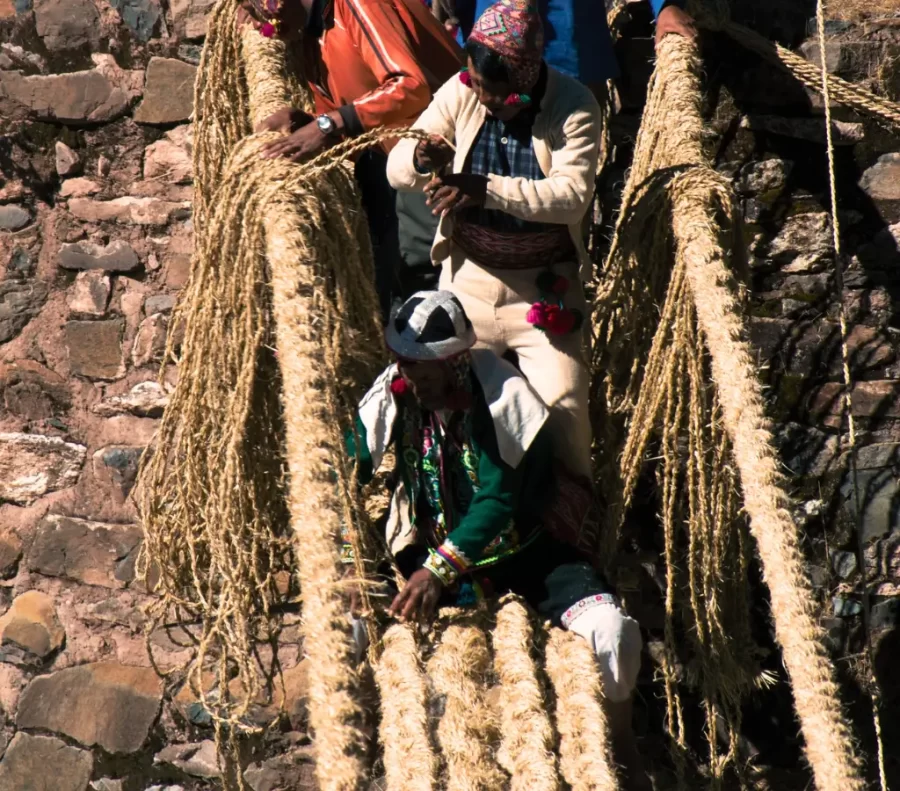
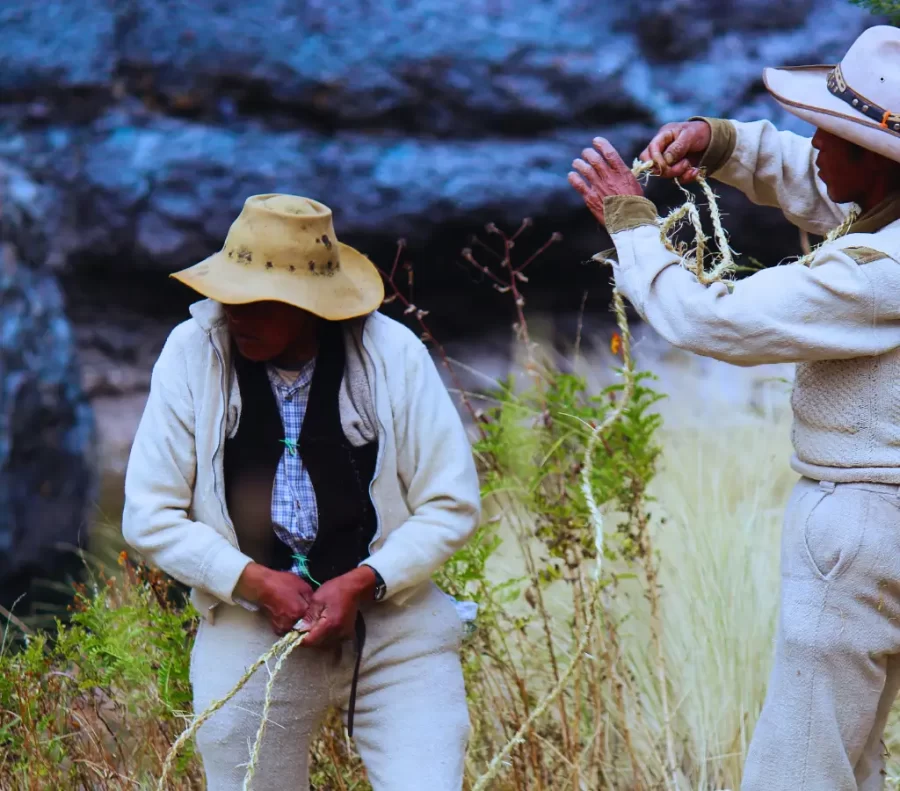
Second day, before starting, the Apus and Pachamama are thanked and asked for protection, then the men begin to carry the rope from one end to the other, once ready they drop the previous rope.
All the work is supervised by the Chakaruwak who is like the Andean engineer in charge of all the weaving of the railings, knots are placed in a perfect way. As 4 communities participate, these are divided to make the ropes, others the carpet, in fact it is a joint work.
In the time of the Incas these community works were known as "minka" and to this day it is still practiced in some localities and even in the city of Cusco.
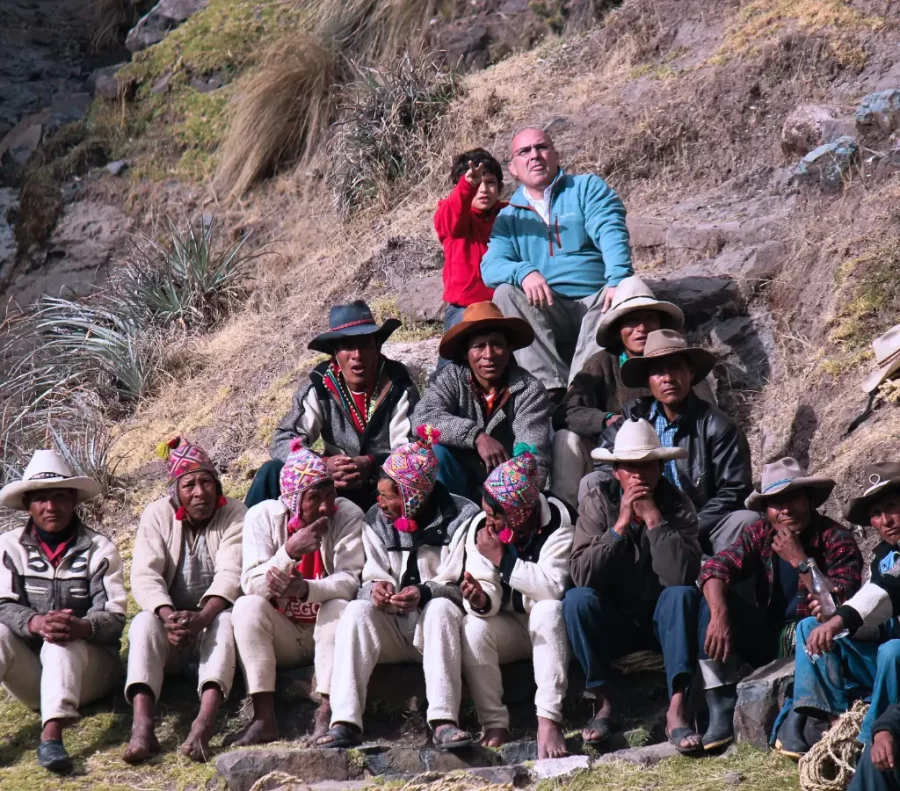
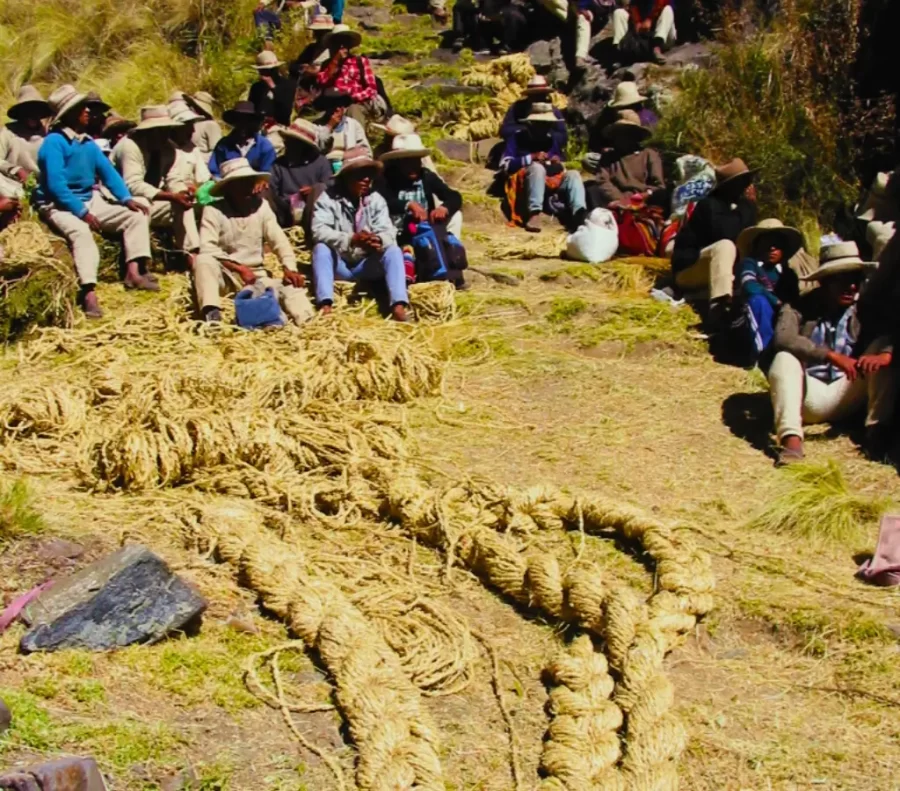
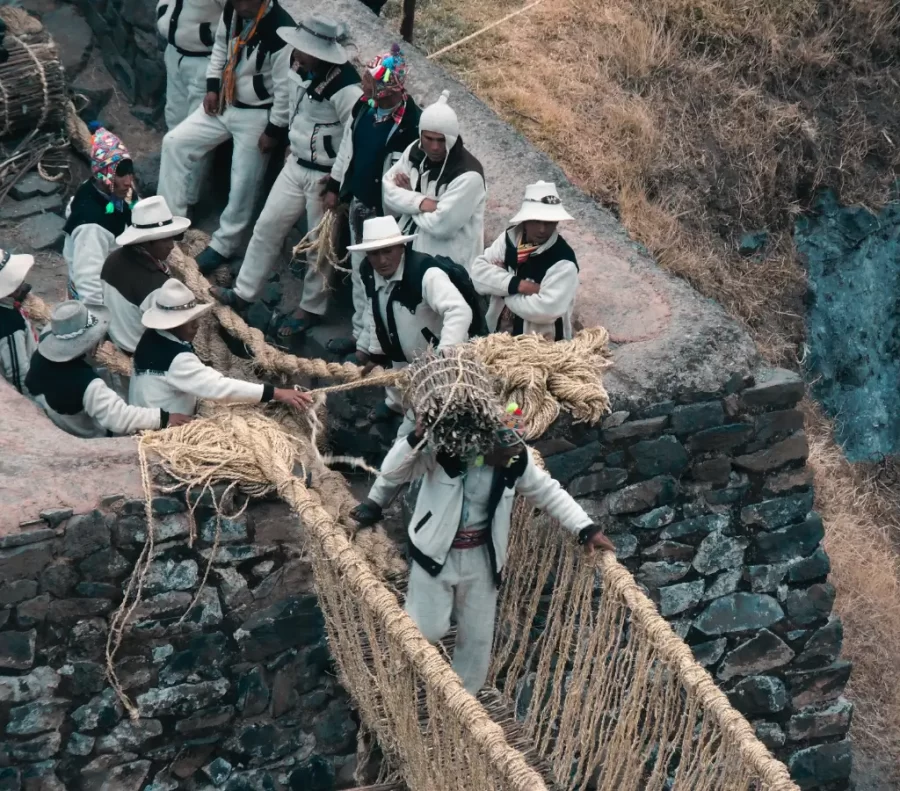
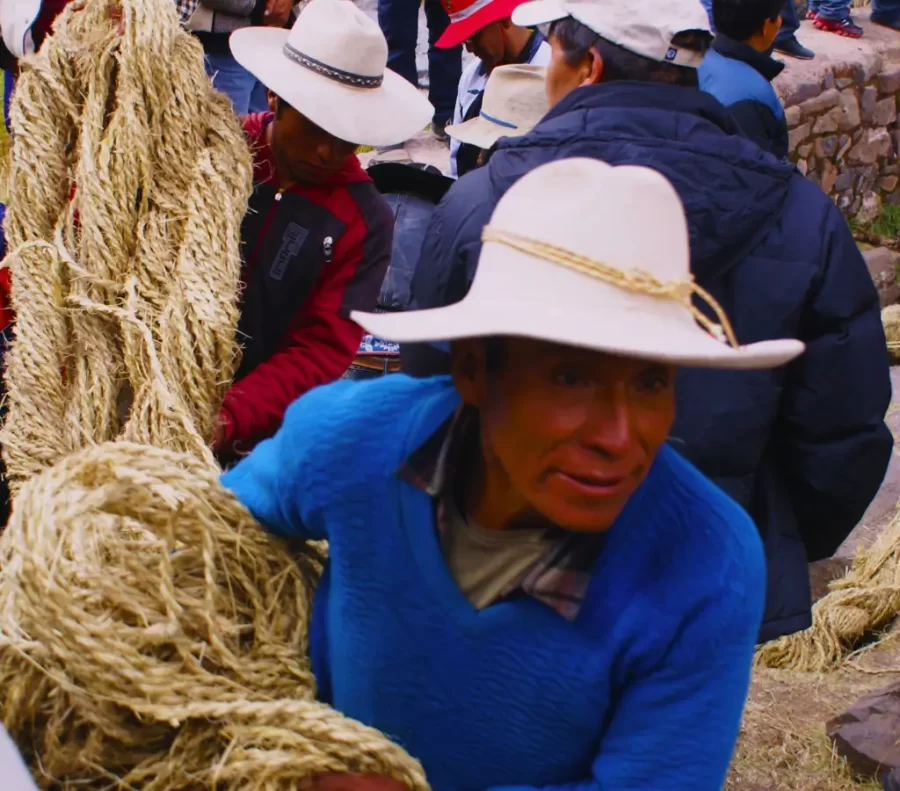
Third day, We begin by thanking the Pachamama and the Apus, but at the same time we ask permission to start with the braiding of the bridge, this is only done by men and they do it from end to end, it is a joint work.
Once the braiding and the base have been completed, the first to cross the new bridge are the authorities, who cross the bridge, which is about 30 meters long, to the shore, thus culminating this penultimate day.
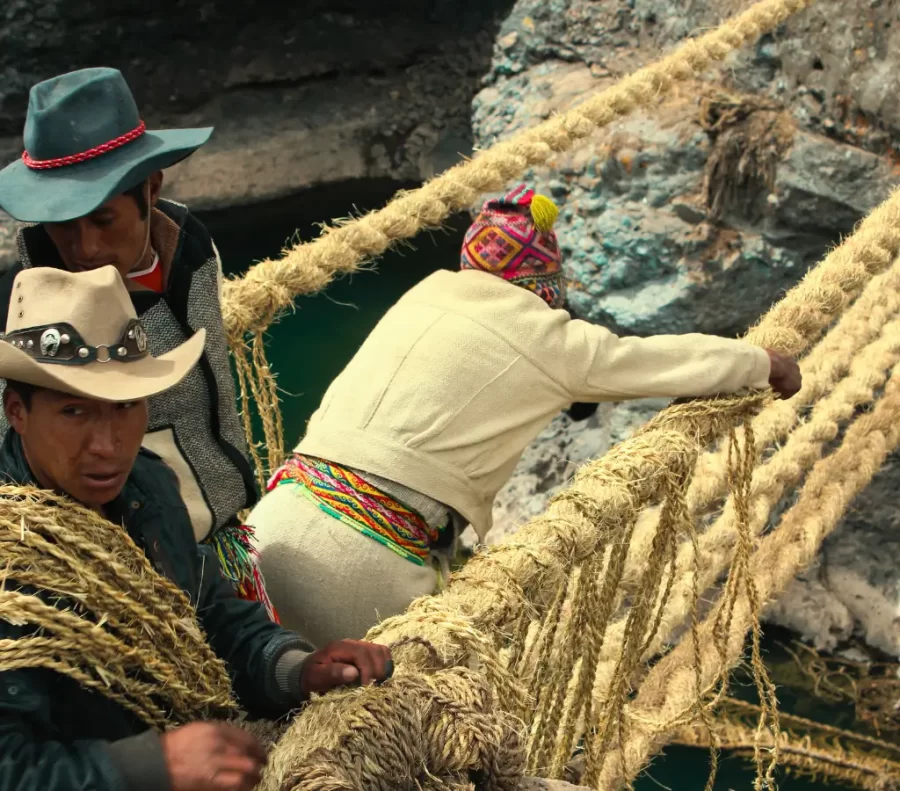
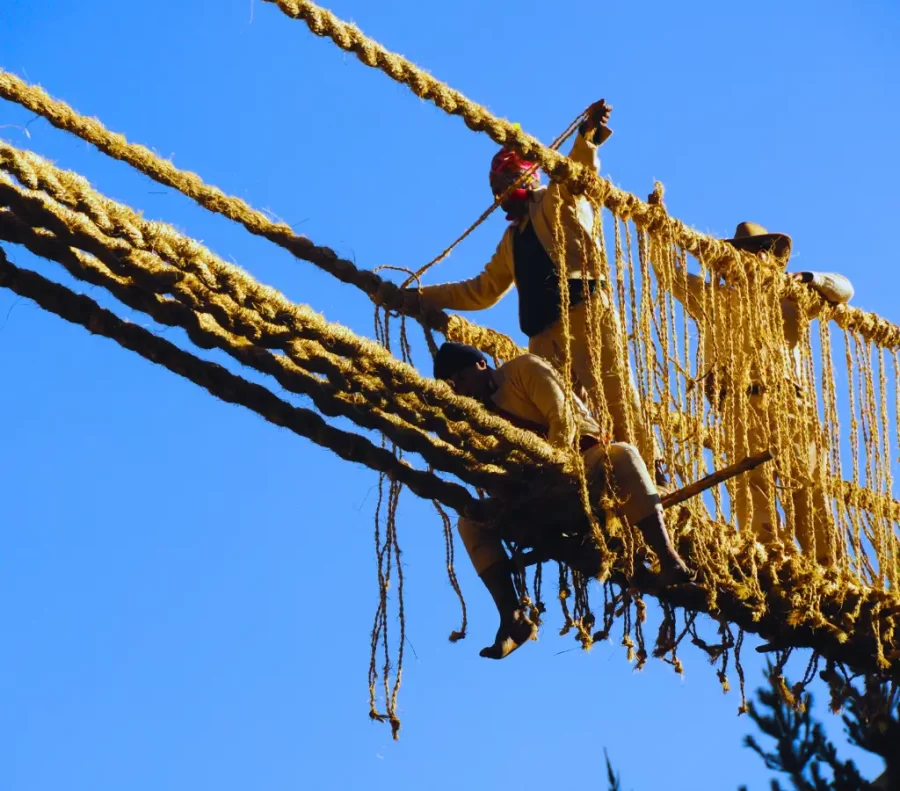
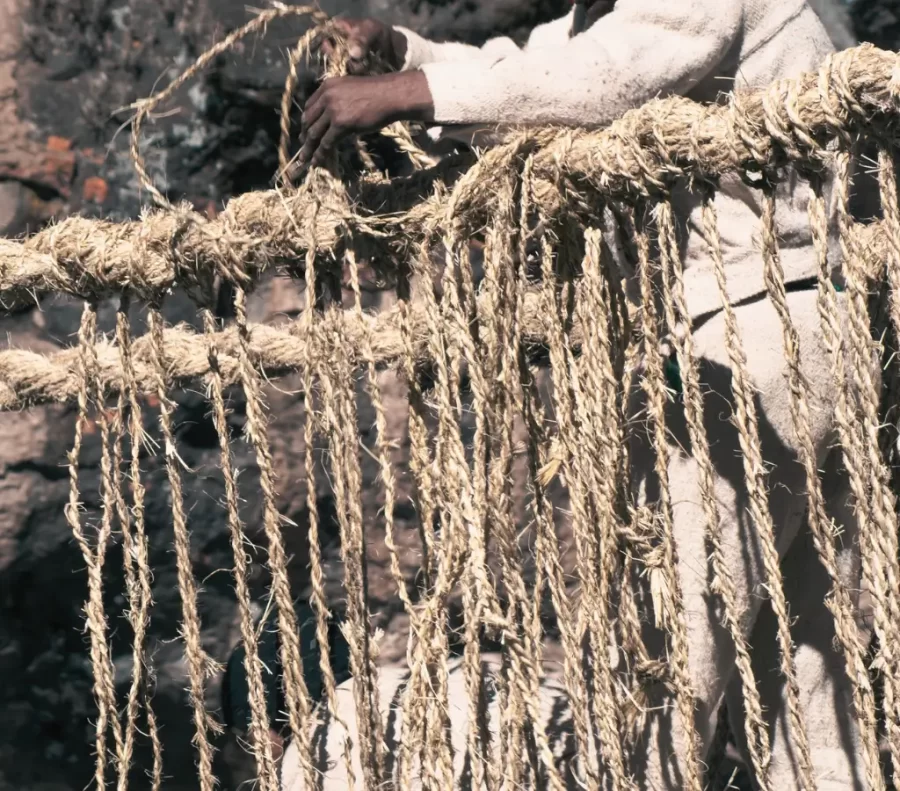
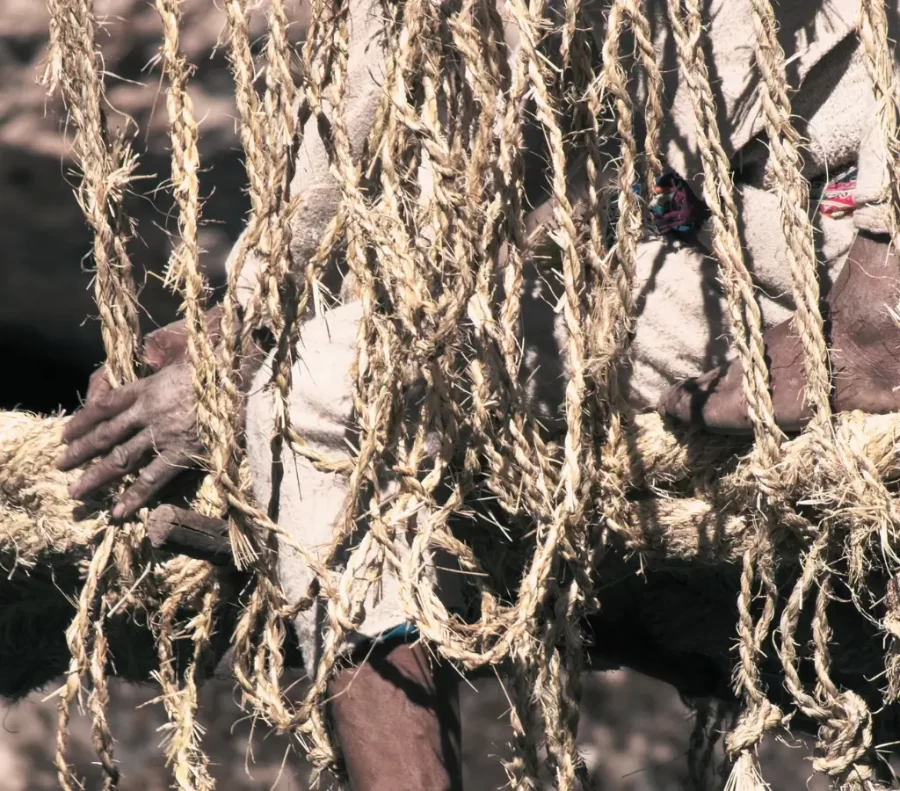
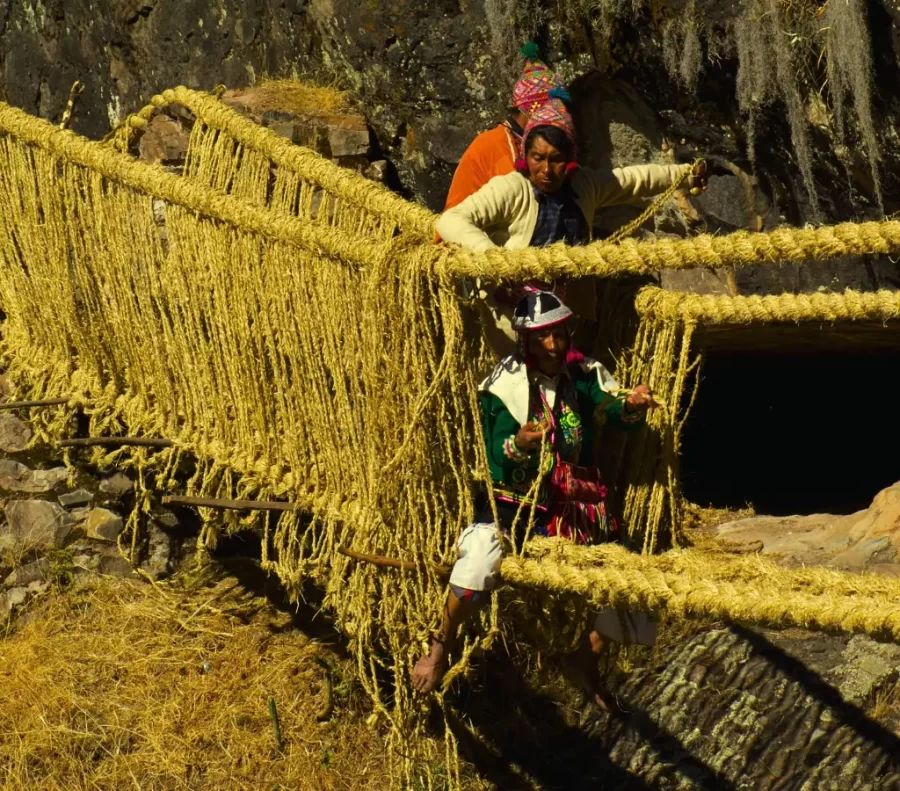
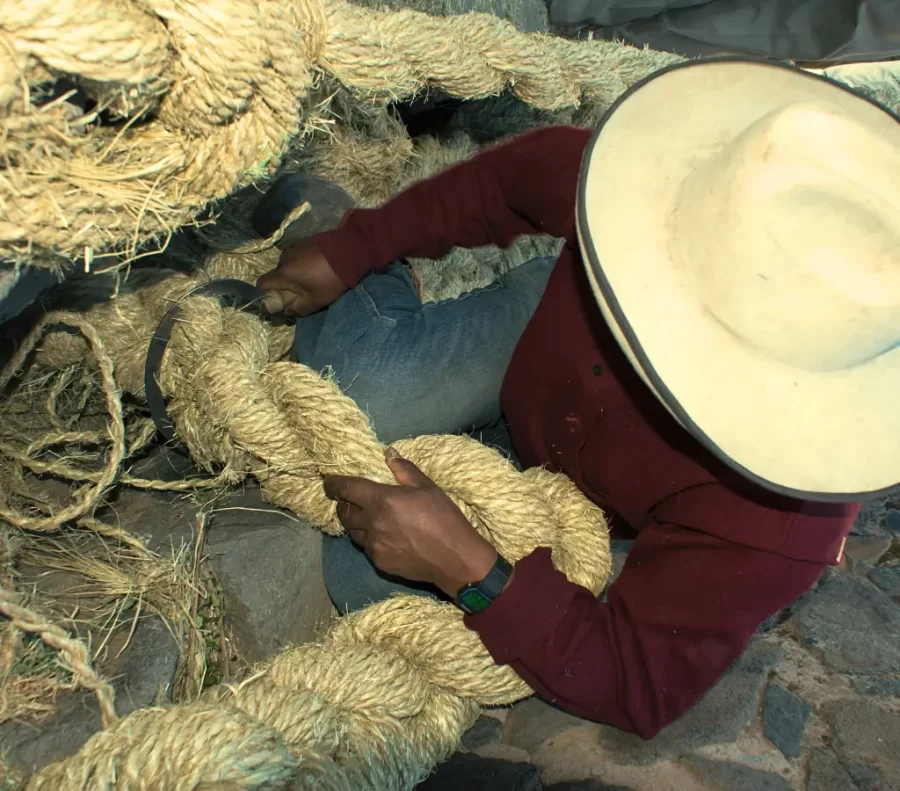
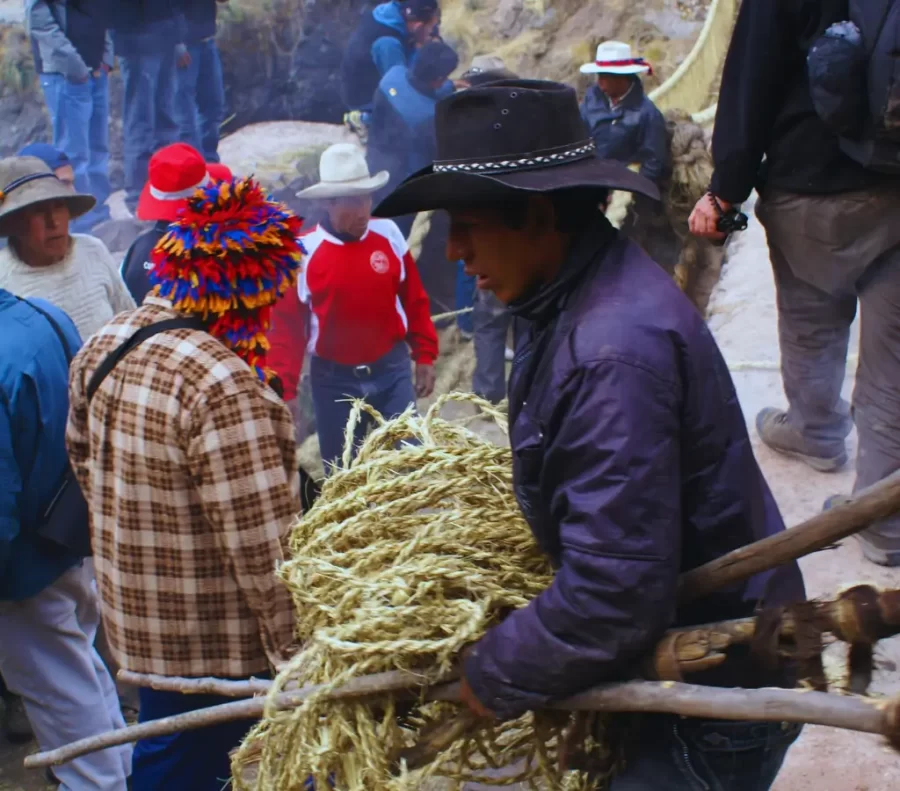
Fourth day, the last day of renovation all the villagers gather and celebrate the culmination of this great traditional and ancestral work that continues to keep their culture alive and transmitted from generation to generation they celebrate with dances, music and more.
This is a good opportunity to experience tourism and learn more about its culture, traditions, among others.
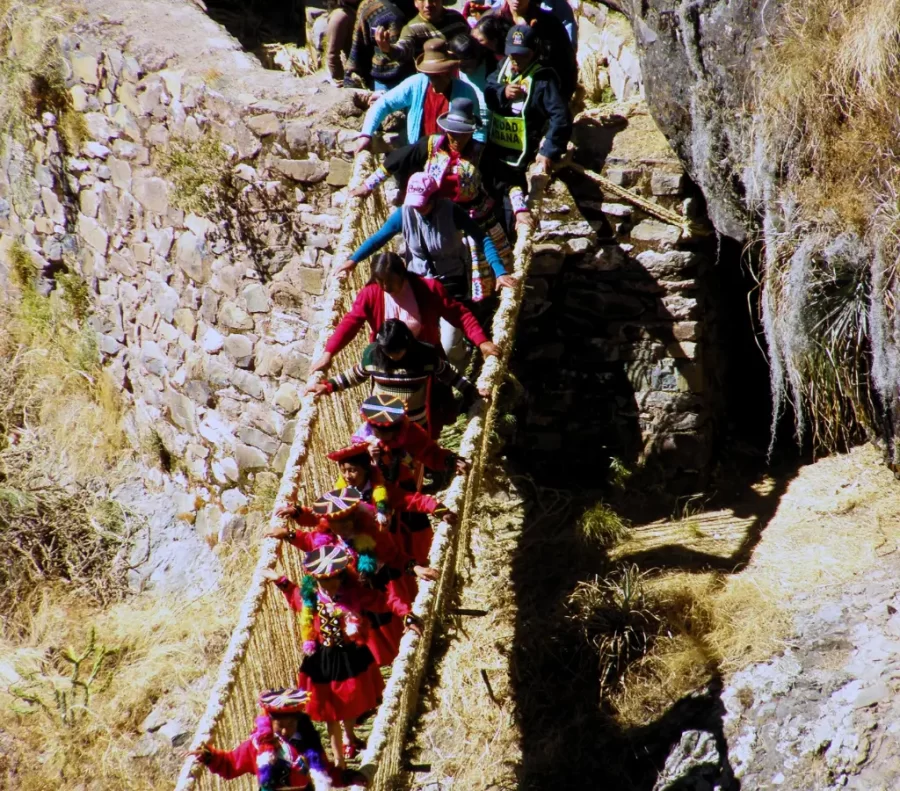
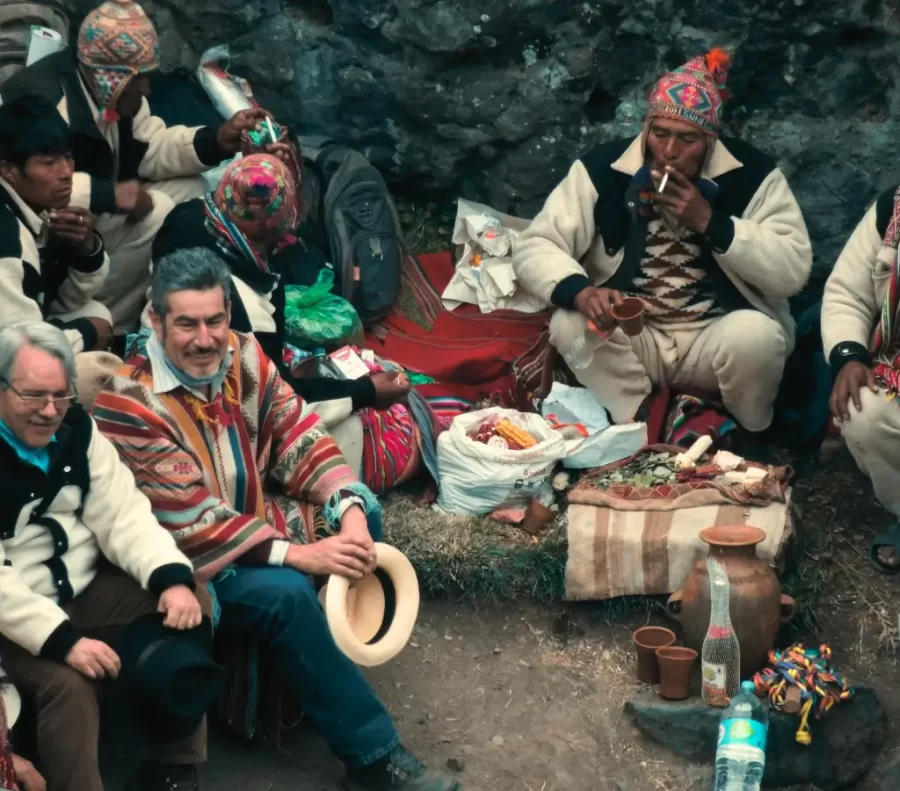
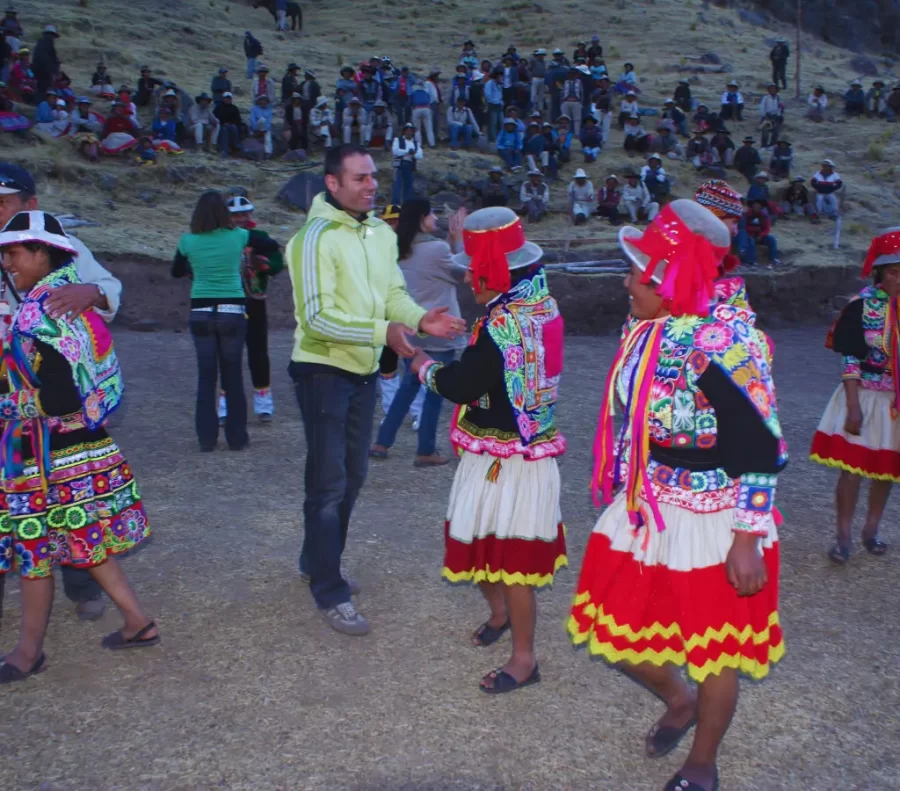
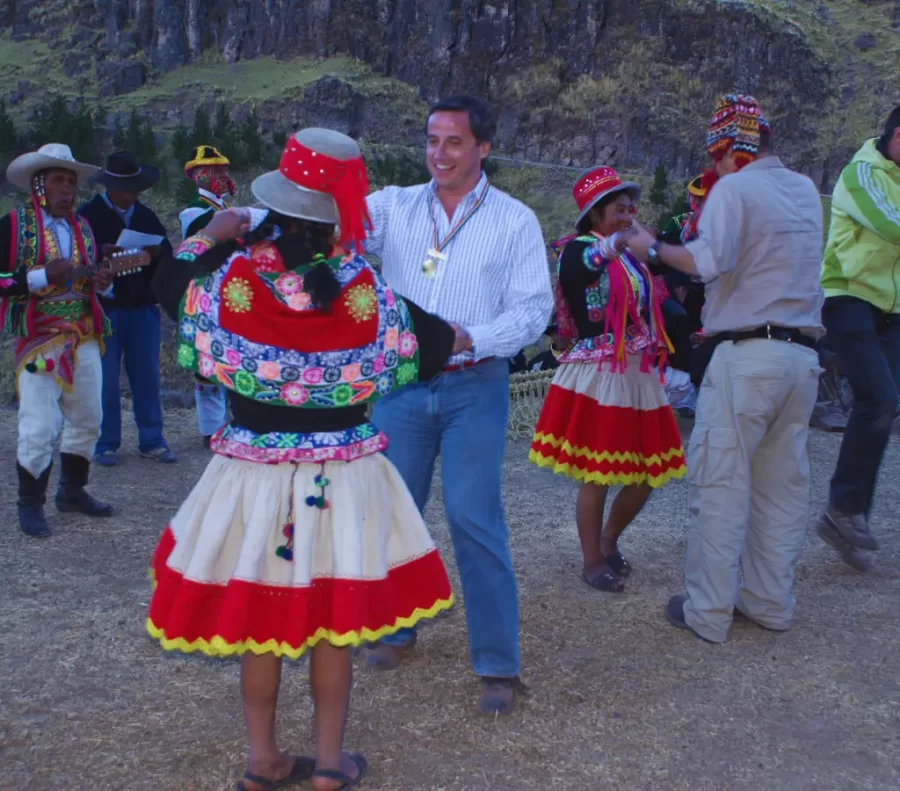
The community of Quehue is located at an altitude of more than 3000 m so the cold will be felt in the place, this depends on the month you go. Generally in the morning it is hot and at night you will feel the cold and sometimes it even drops to 0° C.
You can visit the suspension bridge in any month of the year, but if you want to live this experience of the renovation of the bridge Q'eswachaca then I recommend that you come in the month of June, because it takes place since the festival is held from the first weeks of June and are the months that rains less.
Keep in mind these recommendations, which I will mention below:
In conclusion, to build the bridge Q'eswachaka ichu or straw was used as the main material, this tradition has been practiced for 600 years by its inhabitants and is currently one of the most visited sites by tourists especially the second week of June because these days is the restoration of the new Inca bridge.
